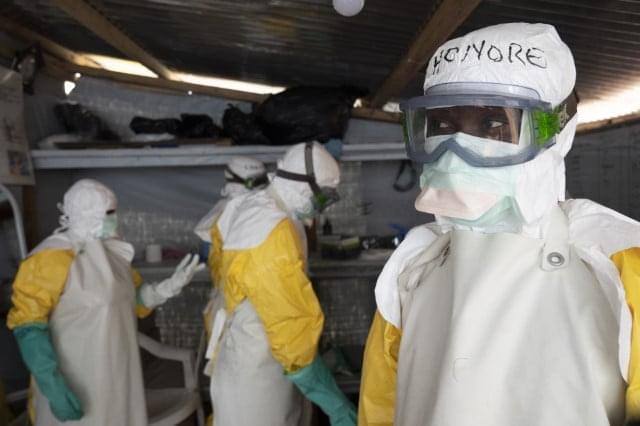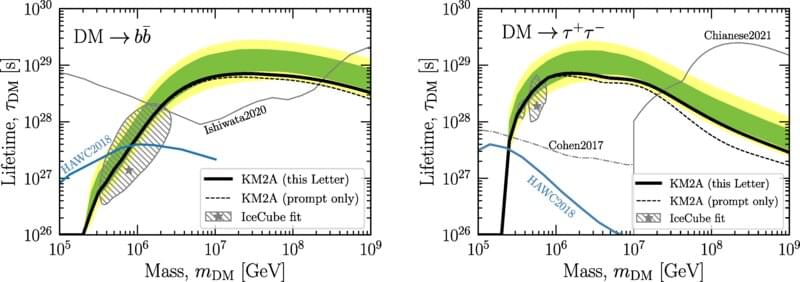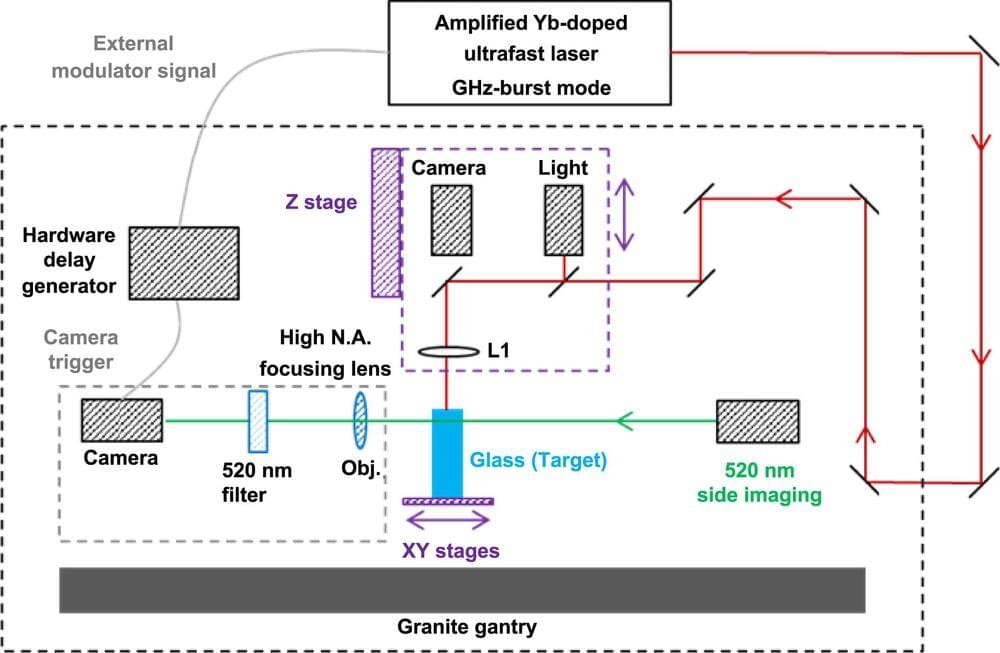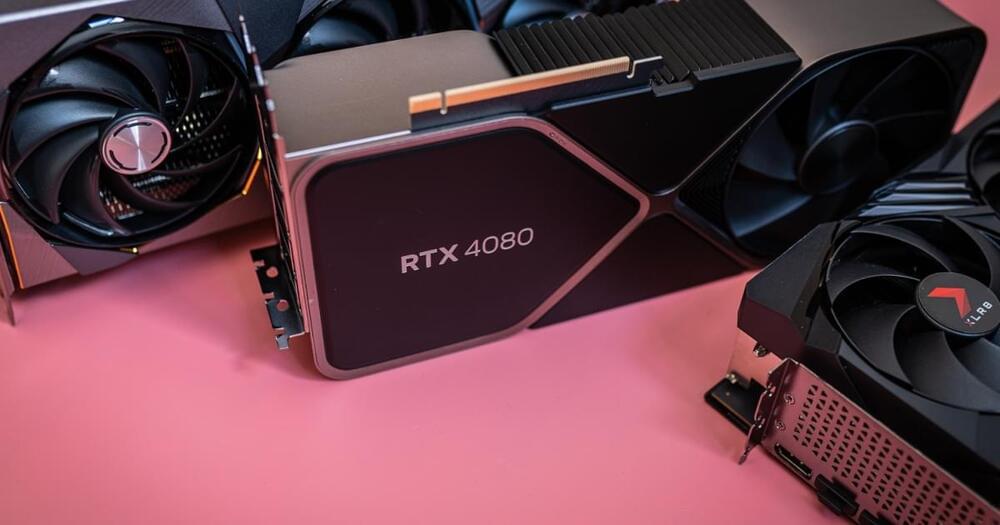I had many ideas on how to improve Twitter, and a communication paradigm was one. The iPhone changed phones, and was a device. Twitter has no device to add to its portfolio. People have no desire to add products to Twitter portfolio to boost revenues. iPhone revenue surpassed computers, therefore it is very easy for Twitter to develop its portfolio to include better more reliable forms of revenue than advertising. A device can make a lot of money if it is a “paradigm” like an iPhone that completely changed our understanding of what a phone can be.
In 1943, Thomas Watson, the president of IBM, famously predicted the world market for computers would top out at “maybe five” of the machines. He was wrong – you likely have more than that in your own house, let’s face it – but at the time, it made sense. After all, if computers were still gigantic, vacuum-tube-powered addition machines, you probably wouldn’t want more than about five either.
It’s a similar story with holograms. Even back in the 1990s, more than 40 years after Dennis Gabor first came up with the idea of using wavefront interference to reconstruct images in three dimensions, science fiction was still assuming the need for entire decks and suites to power our holographic adventures.
In fact, they can run on a smartphone.







